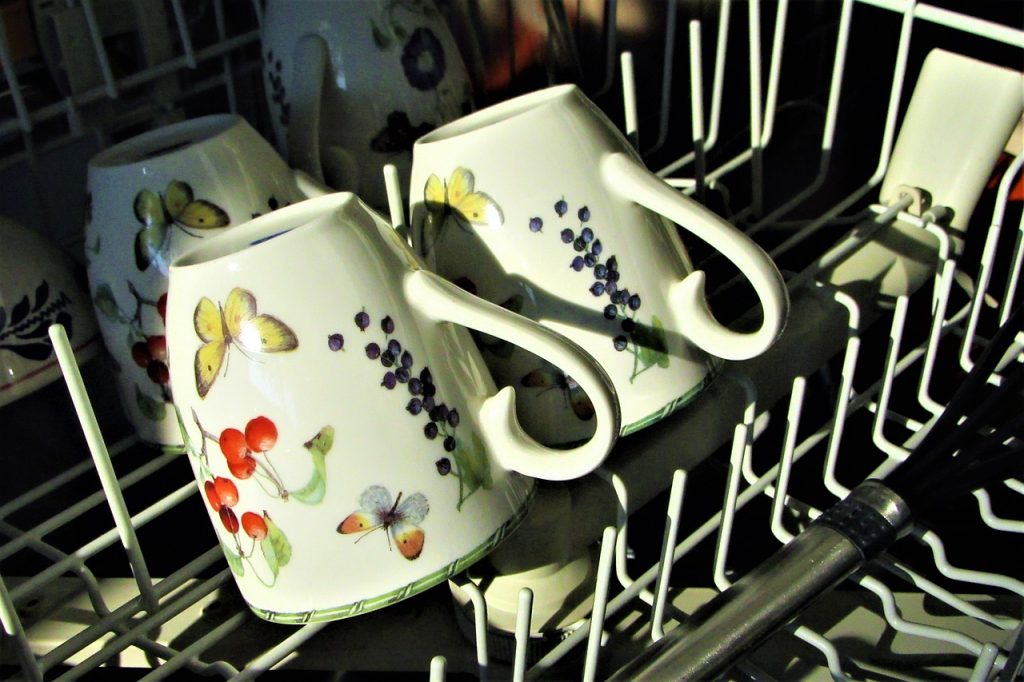
Dear Eartha, my friends just remodeled their bathroom and upgraded to a low-flow toilet. Does that really have an impact?
On average in the United States, water from the tap, toilet, dishwasher, and other appliances adds up to about 138 gallons per household per day. That’s roughly 60 gallons per person per day, and it’s all based on data from the Water Footprint Calculator. Breaking this down further, we find that much of the daily water use occurs in the bathroom with about 64 percent used by toilets, taps, and showerheads.
Based on the Environmental Protection Agency’s WaterSense data leaky toilets, faucets, and appliances account for more than 1 trillion gallons of wasted water each year and is equal to the annual household water use of 11 million homes. Simply upgrading an old toilet to a low-flow model can save upwards of 13,000 gallons of water annually for the average family. This is an easy way to save on your water bill each month and usually requires a plumber to install new toilets and properly address any leaks that may exist with your fixtures.

Saving water can help reduce the impacts of drought
Reporting done by NPR shows the growing demand for access to clean water in the mountain west is stressing local watersheds that are already facing persistent drought conditions. Although the intensity and location of droughts fluctuate each year, according to multiple independent studies, Colorado’s temperatures have increased by approximately two degrees (F) between 1977 and 2006. This leads to less annual precipitation and spring snowpacks melting faster which leads to less water in our rivers and lakes throughout the year.
Currently, Summit County is rated abnormally dry by the United States Drought Monitor, even though winter may see average snow levels, Summit County is still abnormally dry. Installing water-saving toilets, faucets, shower heads, dishwashers, and washing machines can help use less water in our homes and can help reduce the severity of drought in our communities and set a standard for future generations who will be the ones managing a very different water landscape than we live in today.
Make the switch
Fortunately, saving water around the house is easier now than ever before. Switching to water-saving fixtures and appliances can reduce indoor water use by 20 percent. The Environmental Protection Agency’s WaterSense website lists many water-saving products and the Department of Energy’s ENERGY STAR label also has an extensive list of energy– and water-saving appliances, like dishwashers and washing machines.
Newer dishwashers and clothes washers use water much more efficiently than older models. Water-efficient dishwashers save more than 5,000 gallons of water per year compared with washing dishes by hand (and use less than half the energy, too). Newer washing machines handle much bigger loads of clothing with much less water. A full-sized ENERGY STAR-certified clothes washer uses 13 gallons of water per load, compared to the 23 gallons used by a standard machine, saving over 3,000 gallons of water per year.

Likewise, newer bathroom fixtures and appliances like toilets, showerheads, and faucets are designed to be more water-efficient than older models and can save hundreds of gallons a month. The WaterSense line of bathroom products passes strict criteria for flow and quality control so you don’t need to worry about trading performance for efficiency. For example, older toilets use up to six gallons per flush, whereas WaterSense toilets use 1.28 gallons per flush or less. Likewise, older showerheads flow well over the federal limit of 2.5 gallons per minute, while WaterSense models can flow no higher than two gallons per minute.
Whether you’re remodeling parts of your home or replacing broken appliances, keep in mind that WaterSense fixture and ENERGY STAR appliances can help you save water and money. Beyond the bathrooms, keep in mind that water use outside your home – irrigating your yard – has the biggest impact of all. Let HC3 help you water well.
